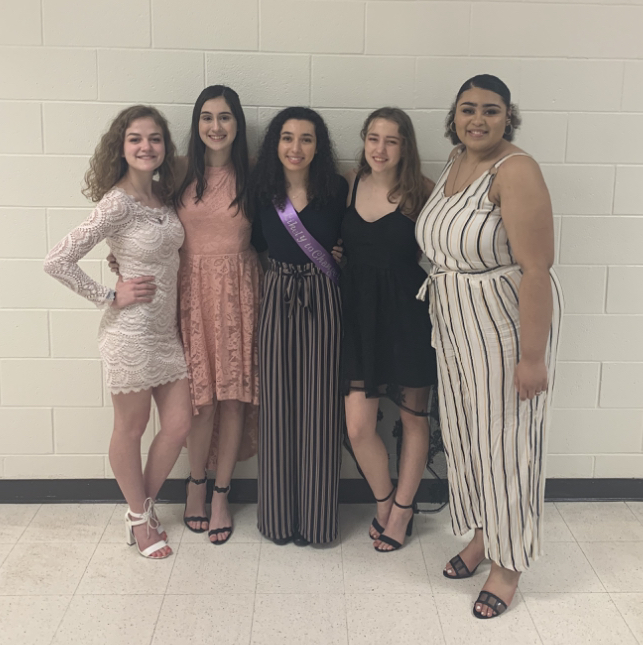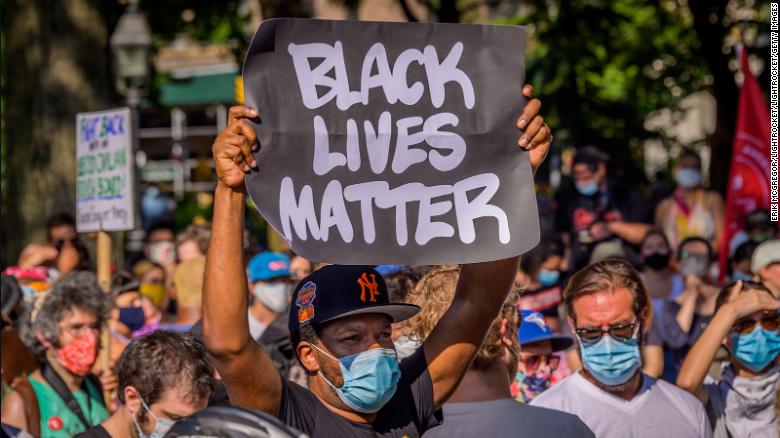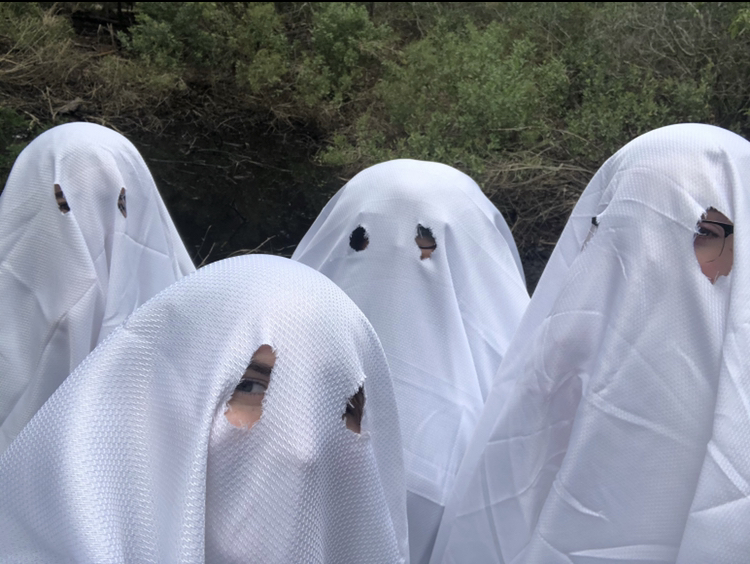ATA5

This photo is from my senior banquet where I was voted “most likely to change the world.” I chose this photo as my representative image because my peers think of me as a very good person because I took part in a lot of prosocial behaviors like volunteering during high school. My peers saw those prosocial tendencies paired with my leadership skills as a reason why I would “change the world” in the future.
This assignment was surprisingly difficult for me despite my history of prosocial behaviors. Actively having to remember and record the “good” things I did felt very unnatural. I usually would not have to think about why I was acting in that way; this assignment required me to think about my reaction, others’ reactions, and my motivation behind the action. Having the assignment in the back of my mind while completing my “random” acts of kindness almost took the randomness out of them. With the assignment being part of my motivation, it took some of the satisfaction out of it.
Throughout my entire ethics course, we have been discussing why people do things that are “good,” “just,” or “right.” Now, knowing the psychological basis for these prosocial behaviors, I can more easily agree with the basis of some of these ethical and moral theories.
ATA3

This assignment was very relevant to the recent increase in attention to movements like as Black Lives Matter. In the summer of 2020, cities all over the country held protests because of police brutality against African Americans. As my representative image, I chose a photo from one of the protests from this summer to demonstrate the importance that this movement had to people. In addition, with the election taking place in November, people took into account the importance of race in terms of policies on each candidate’s platform. We also live in an age where “political correctness” is of huge importance. If someone were to go on a rant like Richards’ today, there would be severe backlash and consequences.
As a biracial person, I witness a huge difference in the things that each side of my family deems appropriate to say and do. The white side of my family finds a lot of practices and symbols more acceptable than the black side of my family; this is simply because of the way they were raised and the privilege that they have in our society. Seeing the differences in perspective based on racial group membership really makes it easy to see how Richards may have thought that his actions were acceptable.
ATA2

This assignment really made me look into who I am as a person. I had to think about how I present myself in certain situations and in different social groups. It also made me think about my self-concept and how I feel about myself. It was really interesting to take the psychology terms and apply them to my life instead of just thinking about them in connection with others around me.
This assignment required a lot of introspection, which, as the textbook explains, is not always the most accurate way to determine who you are. The most interesting part about this was that it asked whether or not I felt that the pictures I chose accurately represented who I am. As I explained in the assignment, I feel like each part of a person is truly who they are, but they often choose certain faces to show the world who they are. I chose the best pieces of myself, but that does not mean it is not an accurate picture of who I am.
ATA1

Assignment 1, which I titled “Heuristics and Social Cognition: How Unconscious Processes Affect Our Judgement,” discusses the different heuristics and how they affect decision making. Each of the heuristics have both positive and negative consequences to using them. I found this topic interesting because in my Advanced Placement psychology class, we did not discuss the last two heuristics: anchoring and adjustment and status quo. Though these were not discussed in my introductory psychology class, it was interesting to see that these processes that I have noticed in myself and others have actual terms to describe them in social psychology. It was also very interesting to read about these heuristics, specifically the status quo heuristic, right after a huge election. As I discussed in my example of this heuristic, people often say that the incumbent is the better choice even if things logistically could be better with another candidate. In this election, we were able to overcome the status quo heuristic and elect a new president, but it can still be dangerous in other elections.